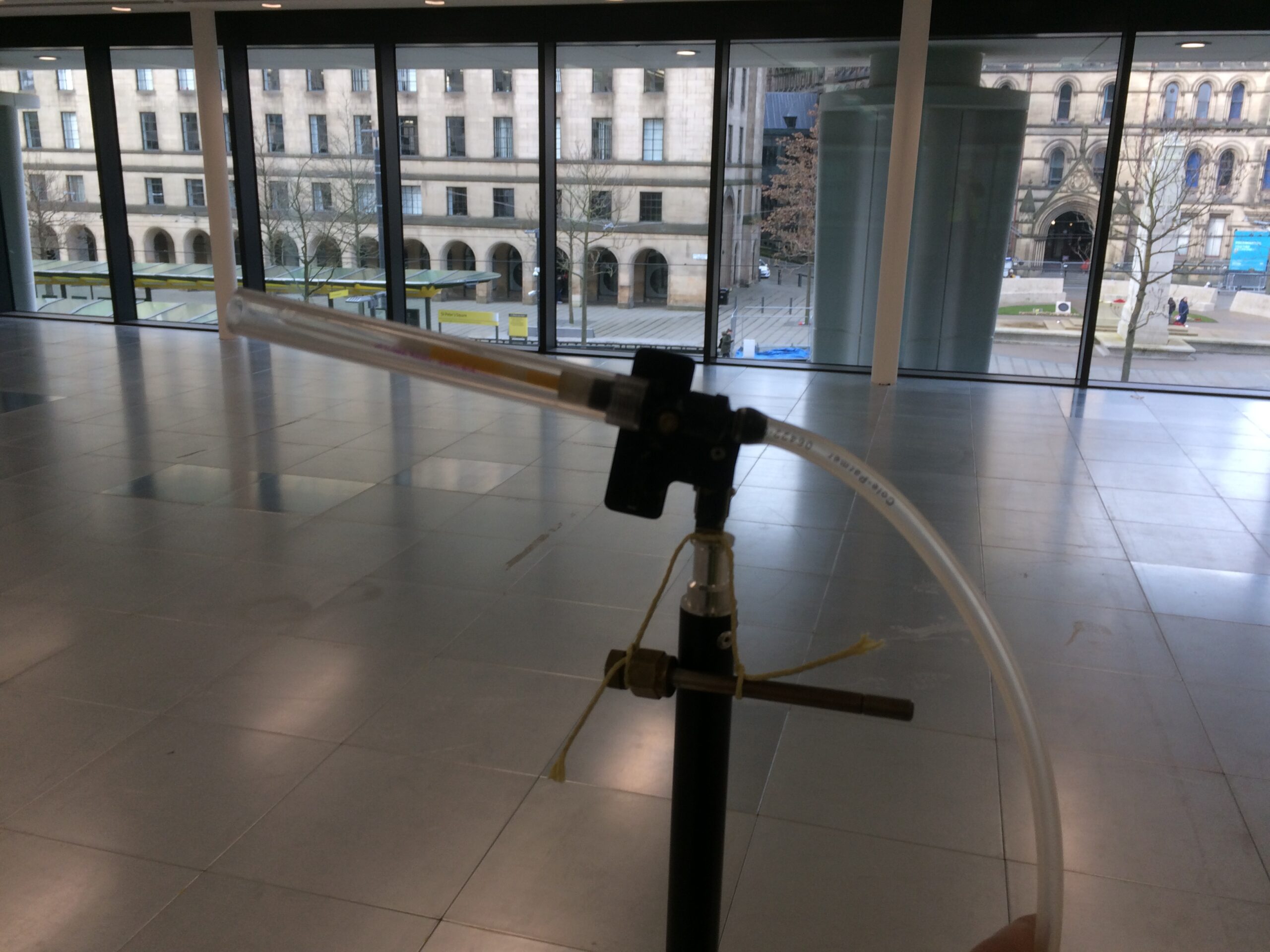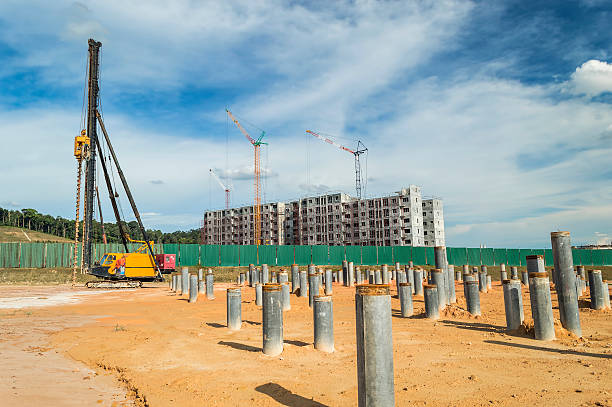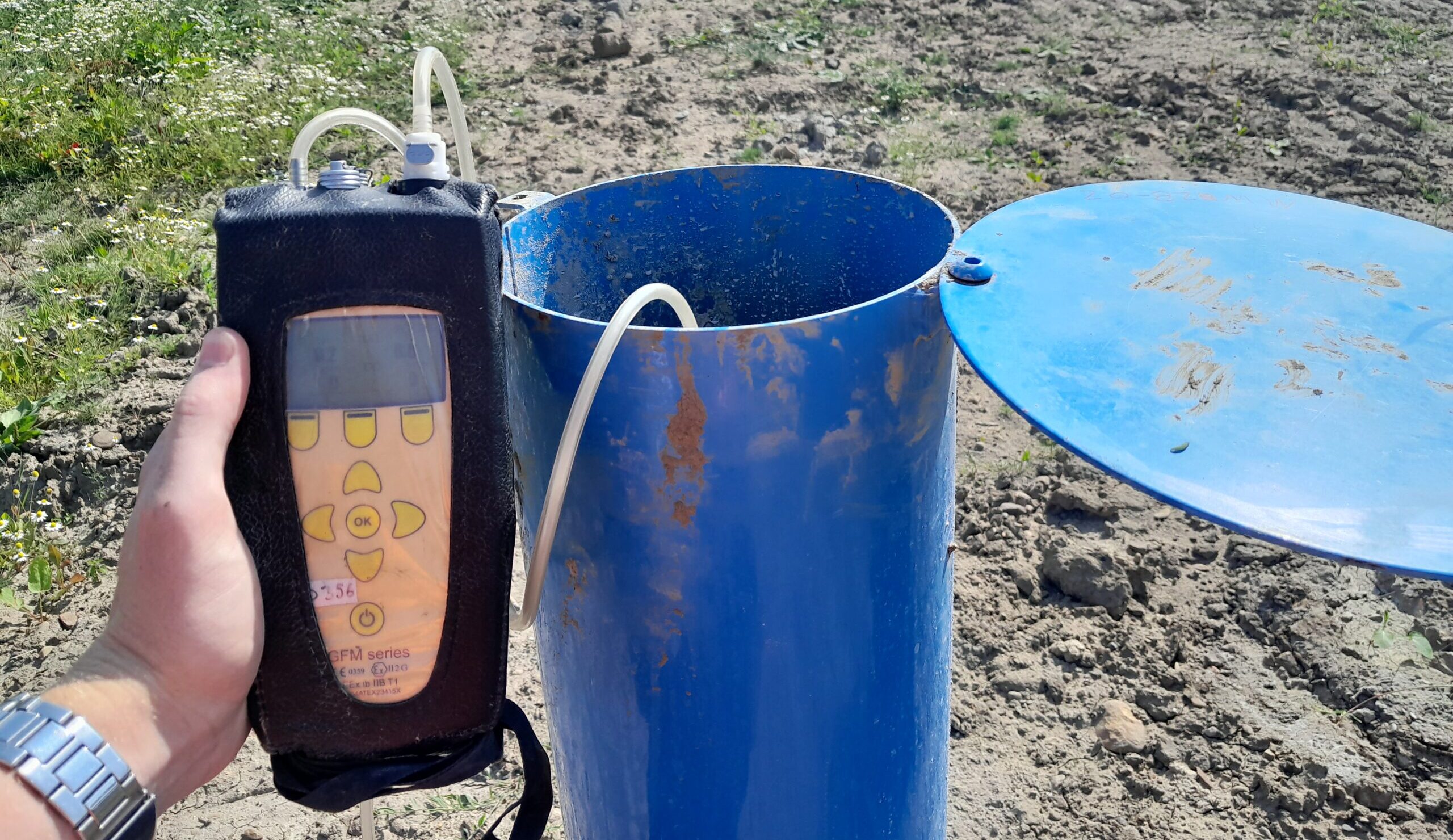Achieve the BREEAM standard for Indoor Air Quality
In May, the Building Research Establishment (BRE) opened a public discussion on changes to its established and respected sustainability assessment method, BREEAM.
Whether to reward buildings that exhibit lower energy demand during peak levels is being considered, as well as a recalculation of the ‘in use’ measure, which keeps track of real-world performance of buildings, and a new measure for whole-building water usage.
What is BREEAM?
Launched in 1990, the Building Research Establishment Environmental Assessment Method (BREEAM) is a sustainability assessment method that calculates the environmental impact of the built environment. It takes into consideration health and wellbeing, pollution, energy, water use, transport, waste, and other environmental factors. By meeting specified benchmarks, a development can gain credits which amount to a performance rating that demonstrates a commitment to sustainability. Developments with BREEAM certification are considerably more desirable as property investments.


What is BREEAM for Indoor Air Quality?
The BREEAM standard for indoor air quality falls within the health and wellbeing category and considers two aspects.
Minimising sources of air pollution (4 credits)
Indoor air quality (IAQ) plan: An indoor air quality plan has been produced, with the objective of minimising indoor air pollution during occupation of the building.
Ventilation: The building has been designed to minimise the concentration and recirculation of pollutants in the building.
Volatile organic compound (VOC) emission levels – Products: All decorative paints and varnishes specified meet the criteria and at least five of the seven specified product categories meet the testing requirements and emission levels criteria for volatile organic compound (VOC) emissions.
Volatile organic compound (VOC) emission levels – Post construction: The formaldehyde and total volatile organic compound (TVOC) concentration levels must be measured post construction (but pre-occupancy) and found to be at an acceptable level and reported via the BREEAM Assessment Scoring and Reporting Tool.
Adaptability – potential for natural ventilation (1 credit)
The building ventilation strategy is designed to be flexible and adaptable to potential building occupant needs and climatic scenarios. Also, the natural ventilation strategy can provide at least two levels of user-control on the supply of fresh air to the occupied.


How can GGS help?
Our team is trained and experienced in carrying out air quality testing and providing advice to clients in line with the BREEAM environmental assessment method. We also understand the demanding workload and deadlines of the construction industry. Working strategically alongside site management, we plan, assess, and test to create an appropriate site specific monitoring programme to help streamline the pathway to achieving BREAAM accreditation Hea02. Considering the building’s purpose and location, we provide guidance advise on dealing with ongoing indoor air quality matters.
All BREEAM indoor air quality monitoring is carried out in accordance with the following standards:
- BS EN ISO 16000-4: 2004 Diffusive sampling of formaldehyde in air
- EN ISO 16000-6: 2011 VOCs in air by active sampling
- BS EN 16017-2: 2003 VOCs – Indoor, ambient and workplace air by passive sampling
- BS EN ISO 16000-3: 2001 Formaldehyde and other carbonyls in air by pumped sampling
Benefits of achieving BREAAM Hea 02 rating for Indoor Air Quality:
- Demonstrate compliance with Workplace Health, Safety and Welfare regulations
- Show concern for receptors by providing a clean environment
- Enhance company image through commitment to sustainability
- Evidence good design with low air pollution in mind
- Receive early warning signs with proactive air quality monitoring
- Prove levels of VOC and formaldehyde are satisfactory at handover
Want to discuss achieving BREAAM status? Click here to get in touch.
The following pages include news articles, videos, guidance notes and white papers on a range of ground gas related topics which we hope you will find of interest. Please browse through but if you can’t find something on your particular issue of interest, we’d be very pleased to hear from you so we can put that right.


At GGS we aim to be at the forefront of conversations when it comes to all areas of ground gas science, including the indoor air quality environment.
Recognizing that soil gases can and do contribute to internal air quality, we are pleased to be involved in the GO AQS initiative.
What exactly is this initiative and why are we championing it here at GGS? Find out more here.





